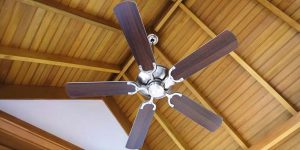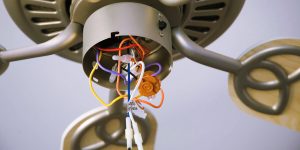Have you ever wondered, “Which way should the ceiling fan turn to create the most comfortable indoor environment?” You’re not alone. Many people are unaware that the direction of their ceiling fan can significantly impact a room’s temperature and energy efficiency.
In this guide, I’ll delve into the importance of ceiling fan direction, explain the difference between counterclockwise and clockwise rotation, and provide tips on when to change the fan direction based on the season.
Why does ceiling fan direction matter?
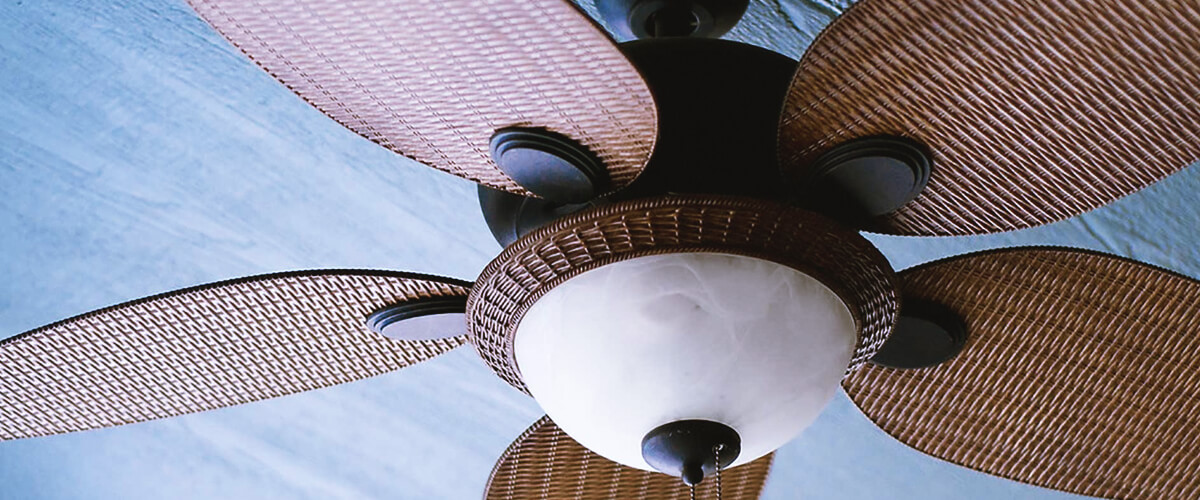
Mastering the art of ceiling fan direction can create an inviting atmosphere in your living space, regardless of the season. If you set the rotation of the fan blades properly, it’ll allow you to manipulate the airflow within the room, providing either a cooling or warming sensation as required. As a result, you can reduce the need to rely on air conditioning or heating systems and save money on utility bills.
Here’s my real-life story about how the ceiling fan blades’ direction impacts the room temperature.
I remember visiting my good friend Mark’s house a few years ago during a particularly hot summer. Mark had just moved into his new place and was still getting used to the quirks of his home. As we settled down in the living room to catch up and enjoy some cold drinks, I noticed that despite the ceiling fan running at full speed, the room felt unusually stuffy and warm. I looked up and saw the problem. The fan was spinning in a clockwise direction, which was counterproductive to the cooling effect we needed in that sweltering heat. Seeing my puzzled expression, Mark asked if something was wrong. I explained that the ceiling fan was rotating in the wrong direction for the season, so the room was getting warmer rather than cooler. Mark was amazed when he found out that the direction of the ceiling fan actually matters. He had never even thought about it before and couldn’t believe he suffered through weeks of heat just because he overlooked something so simple! I taught him how to switch the fan to spin the other way, and bam! We felt a nice cool breeze blowing down on us in no time. It was just what we needed to cool off.
So, which way should the ceiling fan turn? Let’s see below.
Counterclockwise vs clockwise rotation
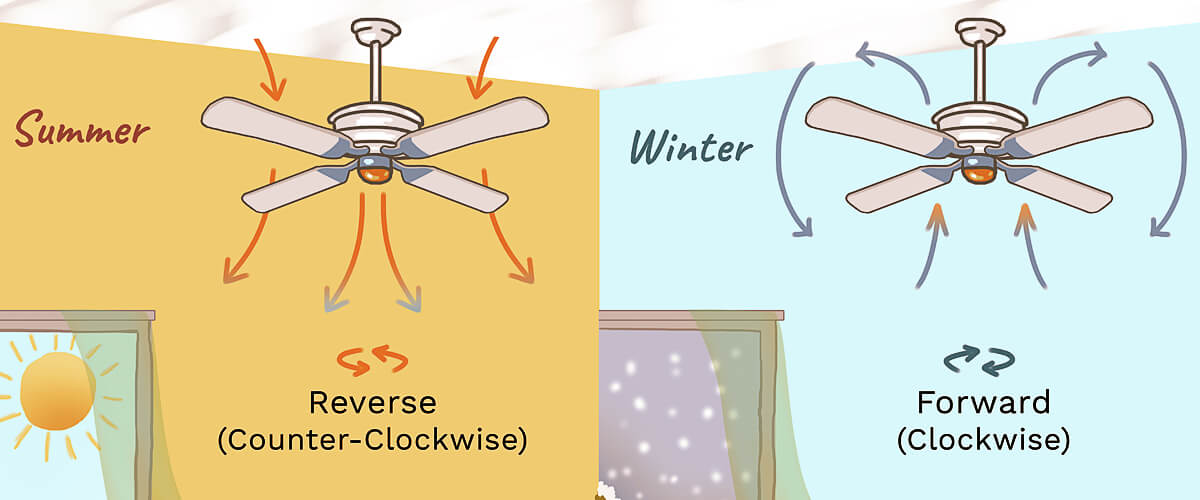
When it comes to ceiling fan direction, understanding the difference between counterclockwise and clockwise rotation is essential for optimizing the airflow in your room. Each rotation serves a distinct purpose and can have a significant effect on the room’s temperature and comfort.
Counterclockwise Rotation: What Season is it for?
A ceiling fan spinning counterclockwise pushes air downward, creating a cool breeze that makes you feel cooler through the wind chill effect. This airflow direction is ideal for hot summer months when you need relief from the heat. By creating a comfortable breeze, a counterclockwise rotation helps you stay cool without solely relying on air conditioning systems.
Clockwise Rotation: When to Use it?
Alternatively, a ceiling fan set to a clockwise rotation works wonders in distributing cozy warmth during those chilly winter months. The winter ceiling fan direction creates a subtle warming effect by drawing cool air upward and dispersing the heat collected near the ceiling. It not only ensures a consistent temperature but also minimizes the need for more energy-consuming heating solutions, keeping both you and the environment happy.
How to change the ceiling fan direction?
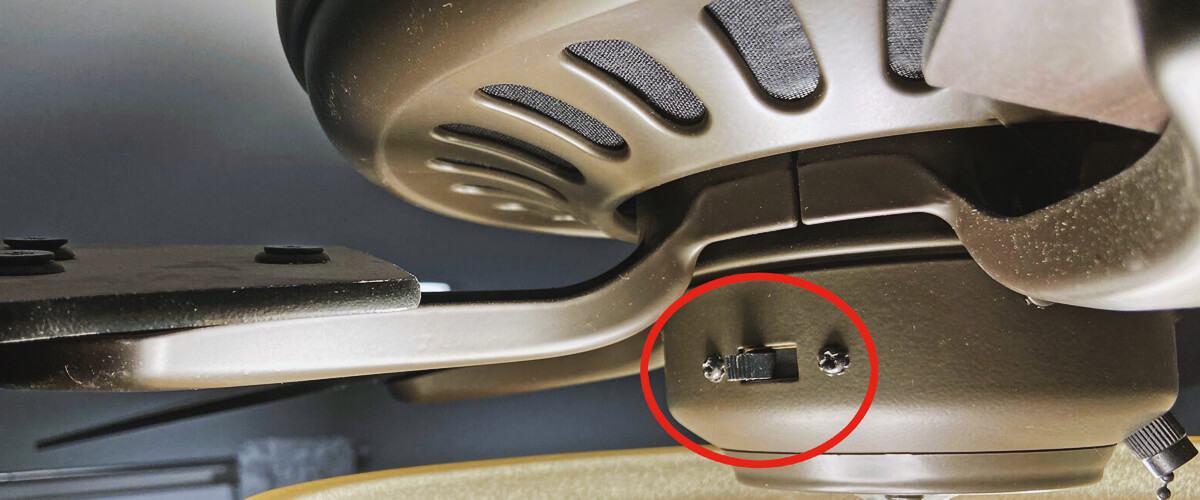
Changing the direction of your ceiling fan is typically a simple process that you can do yourself. A lot of models have a small switch on the motor housing that allows you to easily adjust the rotation direction. By following these step-by-step instructions, you can change the direction of your ceiling fan to better suit the current season:
- Turn off the fan: For safety reasons, always ensure it’s turned off and has come to a complete stop before attempting to adjust the direction.
- Locate the direction switch: Examine the motor housing, typically located near the base of the fan where it connects to the ceiling. You should find a small switch that may be labeled with an arrow or marked with “FWD” (forward) and “REV” (reverse).
- Adjust the switch: To change the fan’s direction, simply slide the switch to the opposite position. For a counterclockwise rotation (ideal for summer), the switch should be set to the “FWD” or forward position. For a clockwise rotation (perfect for winter), the switch should be set to the “REV” or reverse position.
- Test the new direction: Turn the fan back on to ensure it is now spinning in the desired direction. Observe the airflow and confirm that it corresponds to the appropriate seasonal setting.
By following these steps, you’ll ensure optimal comfort and energy efficiency in your home throughout the year.
Frequently asked questions
Can changing the direction of my ceiling fan help me save on energy costs?
Is running my ceiling fan continuously in one direction safe?
Can changing my ceiling fan’s direction affect the room’s humidity level?
How can I tell if my ceiling fan is running too fast or too slow?
- Is the airflow comfortable, or is it too strong or too weak?
- Does the fan wobble or make excessive noise at higher speeds?
If you’re unsure whether your fan is running at the optimal speed, you can experiment with different speed settings to find the one that suits your comfort level. Most ceiling fans have multiple speed options, so you can easily adjust the fan’s speed according to your preferences and the room’s requirements.

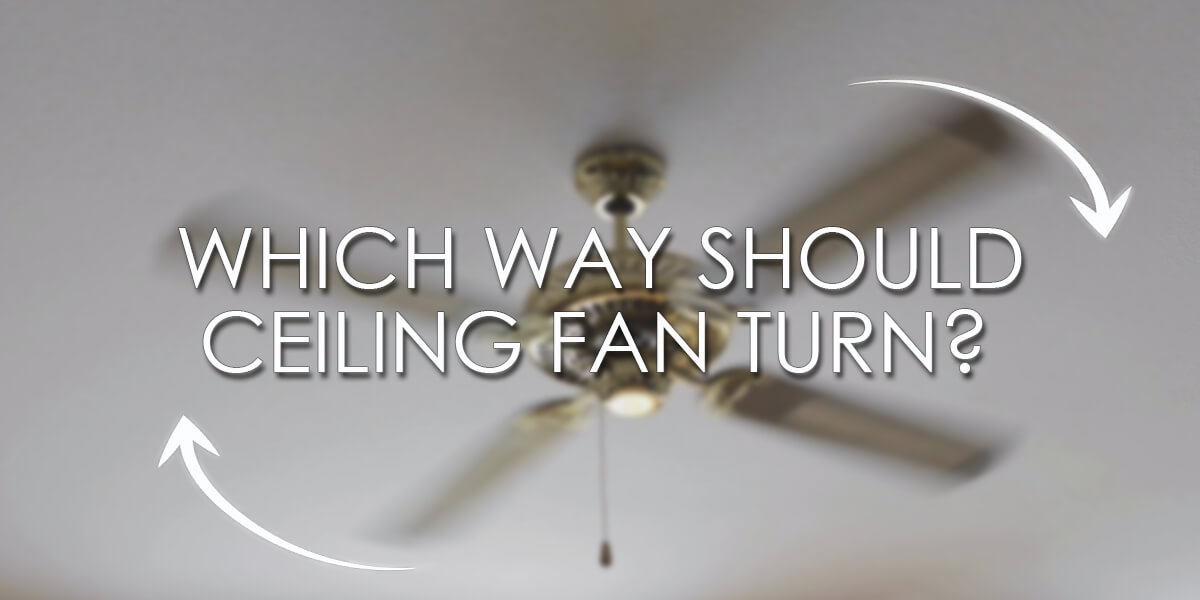
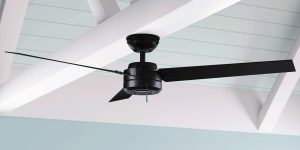
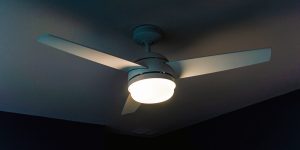

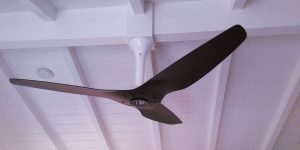
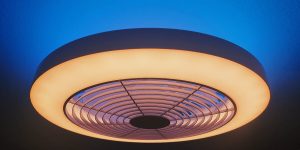

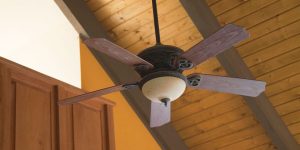

![How Many Blades Should a Ceiling Fan Have? [3 vs 4 vs 5-Blade]](https://www.kennedyproductions.com/wp-content/uploads/2023/08/does-the-number-of-blades-on-a-ceiling-fan-matter-300x150.jpg)
